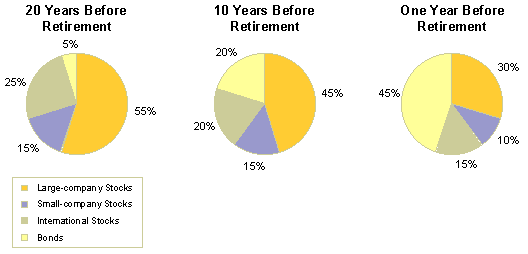Saving for Nest Egg
- November 18, 2015
- proven
- Finance, Investment
- 0 Comment
The habit of saving little by little is the right thing for building a nest egg for future. This one is definitely for you if you are in your thirties and forties. It is about life after retirement where many dream of a retirement lifestyle. A Nest Egg is generally a substantial amount of money that has been saved or invested for a specific purpose for a long-term objectives, the most common being retirement.
The term “Nest Egg” is derived from poultry famer’s where both real and fake eggs are placed in hens’ nests to induce them to lay more eggs. This meant more income for farmers.
Breaking Down ‘Nest Egg’
As nest egg represents funds that have been accumulated over a considerable time, preserving capital is the foremost investment objective of a best egg. Relatively conservative instruments such as certificates of deposit, bonds and dividend – paying blue chip are the investments for nest egg. The allocation of these securities should be based on investor’s risk tolerance and comfort level.
7 Rules for Building Nest Egg
- Save 10% of your income for retirement
A good way to build Nest Egg is when one has a regular job, then 12% of your basic salary and an equal contribution flows in your Provident Fund account regularly. Assume a 25 year old investor puts away every month a fixed amount, his savings will account for 44% of the total corpus when he is 60 years.
- 2. Increase investment as your income grows
Suppose a 30 year old with a monthly salary of 50,000 starts saving 10% every month, he would have accumulated 92 lakhs by the time he is 60 years. An increase in the salary by 10% every year and a raise in his investment accordingly would get him 2.76 crore. The 10% saving rate is important to maintain so that your nest egg doesn’t fall short of your requirement.
3. Don’t dip into corpus before you retire
Your Nest egg is at risk every time you change jobs as there is an option to withdraw your PF balance or transfer it to the account with the new employer. Thus filling a ‘Form 13’ transfers all the funds to your new account.
- Withdraw 5% a year initially, then step up
One of the biggest challenges is to ensure that one does not outlive their savings. To ensure that you don’t face such a challenge, one must have a drawdown plan. Not more than 5% should be withdrawn in the first 5 years which can be progressively increased to 10$ by the time the retiree is 70.
- 100 — age = your allocation to stocks
The performance of investment portfolio is determined more by the asset allocation than the returns from individual investments or market timing. An equity exposure of 100 minus your age is what experts recommend.
- Borrow for education, save for retirement
Income tax deduction is available only if education loan has been taken under the Section 80E where the loan should be from a bank or notified financial institution. Financial discipline is inculcated in the child in case of an education loan.
- Save 20 times your annual expenses
This rule is different from others because it is based on how much one spend on expenses like clothing and entertainment, not on how much investment earn.A smart tip is to get a health insurance cover that continues till you are 70-75 years old
